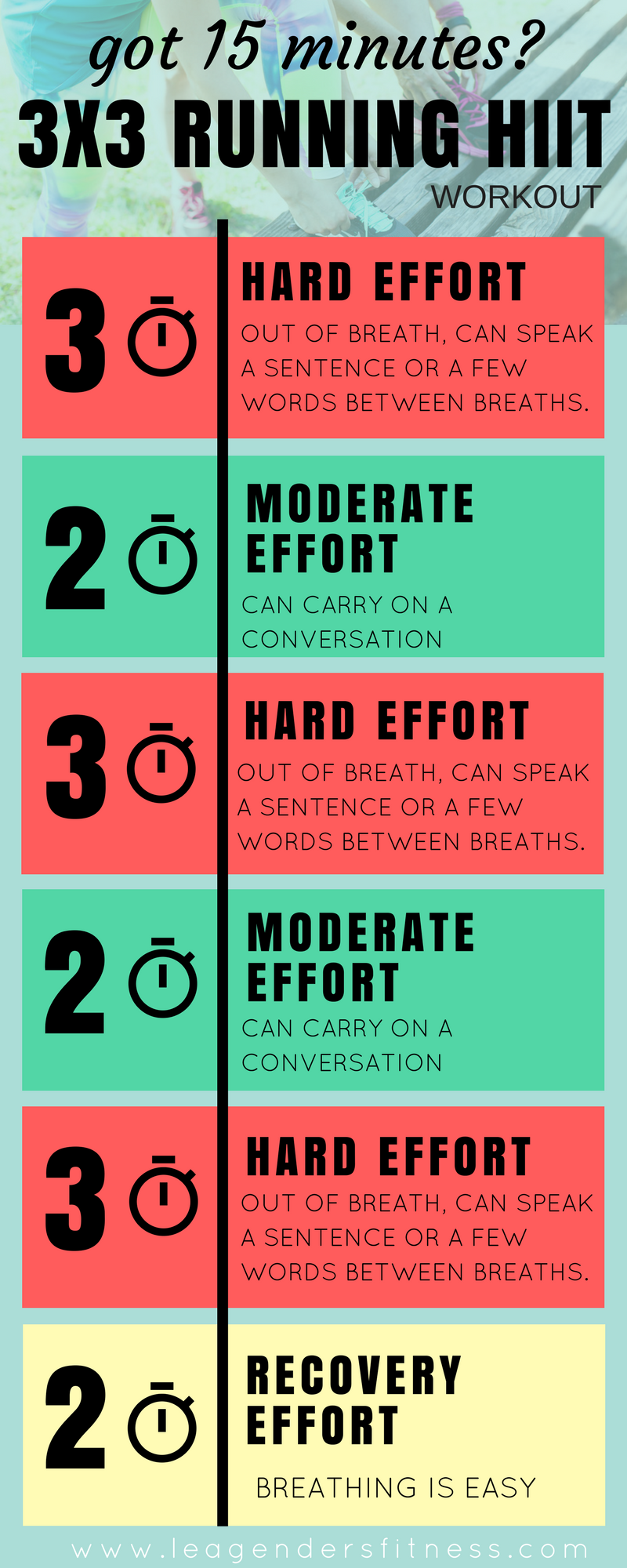Running Workout Techniques: Strategies to Enhance Stamina and Rate
Running Workout Techniques: Strategies to Enhance Stamina and Rate
Blog Article
Exactly How to stop and Manage Pain in Operating: Professional Tips and Advice
The pursuit of that runner's high can often be impeded by the unwanted buddy of discomfort. There exist tested approaches and experienced guidance that can help alleviate and handle these discomforts, permitting you to concentrate on the pleasure of running itself.
Significance of Correct Shoes
Correct footwear plays a critical role in stopping and taking care of pain for joggers, as it significantly affects their convenience, performance, and total foot health. When it pertains to running, putting on the right shoes can make all the difference. Uncomfortable or inappropriate footwear can result in a host of problems such as sores, shin splints, plantar fasciitis, and also more serious injuries like stress and anxiety fractures.
Picking the correct running footwear entails taking into consideration variables such as foot type, gait auto mechanics, running surface, and individual choices. Joggers with high arches may require more cushioning and support, while those with flat feet may take advantage of security footwear. In addition, understanding pronation (the internal rolling of the foot) and supination (the outside rolling of the foot) can assist in picking shoes that give the appropriate level of arch support.
Investing in quality running shoes that are suitable for your individual needs can help avoid pain and discomfort while enhancing your running experience. Focusing on appropriate footwear is not nearly performance but also about safeguarding your foot health in the long run.

Efficient Warm-up Techniques
A vibrant warm-up regimen before a run aids boost blood flow to the muscle mass, boosts versatility, and enhances the variety of motion of the joints. Dynamic extends like leg swings, high knees, and hip circles are helpful in preparing the body for the physical demands of running.
In enhancement to dynamic stretches, including some light cardio exercises such as jogging or missing rope can additionally elevate the heart price and heat up the body. This combination of vibrant stretching and light cardio aids loosen limited muscles, lube the joints, and emotionally prepares the runner for the upcoming exercise (running workout). By making warm-ups a regular part of your running regimen, you can dramatically minimize the threat of injuries and carry out at your finest throughout each run
Key Extending Exercises
When planning for a run, integrating key stretching workouts is important to boost muscle versatility and stop injuries - Read More. Dynamic extends such as leg swings, high knees, and hip circles are valuable for heating up the muscles and enhancing variety of activity prior to a run. These movements aid enhance blood circulation, loosen up tight muscular tissues, and prepare the body for the activity ahead
Fixed stretches like calf bone stretches, hamstring stretches, and quadriceps stretches ought to comply with a run to assist in muscle healing and protect against tightness. Holding each stretch for 15-30 seconds permits the muscles to kick back and extend, minimizing the threat of post-run soreness and possible injuries.
Additionally, integrating yoga exercise postures like downward dog, pigeon present, and spine twists can target several muscular tissue teams at the same time, advertising total versatility and stamina. Regular extending routines not just enhance efficiency yet additionally aid in keeping excellent running kind and protecting against overuse injuries. Remember, correct extending techniques are crucial for a secure and delightful running experience.
Healing and Rest Techniques
After finishing a run, executing reliable recuperation and rest strategies is essential for making the most of efficiency and lessening the threat of injuries. In addition, integrating remainder days into your training schedule is essential to avoid overuse injuries and fatigue.
Energetic recovery methods such as mild stretching, foam rolling, and yoga exercise can aid improve flow, lower muscle discomfort, and boost versatility. It is likewise advantageous to prioritize hydration and nourishment post-run to restore electrolytes, glycogen shops, and promote muscular tissue recuperation.
Cross-training activities like swimming or biking can provide a break from the repetitive impact of running while still preserving cardio health and fitness - running workout. Paying attention to your body and identifying when it requires a break is key to avoid persistent injuries and making sure long-term running success. Bear in mind, remainder is not an indicator of weak point yet a vital element of an all-round training regimen
Cross-Training Advantages

Moreover, cross-training help in protecting against psychological exhaustion by adding selection to your exercise routine, keeping you determined and engaged in your fitness trip. It enables you to service different elements of physical fitness that might not a fantastic read be targeted exclusively with running, leading to an extra well balanced and versatile professional athlete. In addition, cross-training can aid improve running performance by resolving muscular discrepancies and weaknesses that may hinder performance. In general, integrating cross-training into your regimen can lead to improved endurance, rate, and overall sports performance while minimizing the chance of injury.
Verdict
To conclude, correct footwear, warm-up techniques, extending workouts, recovery methods, and cross-training are important parts in preventing and handling discomfort in running. By incorporating these methods right into your regimen, you can minimize the risk of injury and pain while optimizing efficiency and enjoyment of the sport. Read More. Keep in mind to pay attention to your body, prioritize remainder and recuperation, and seek expert support when needed to make sure a secure and reliable running experience
Report this page